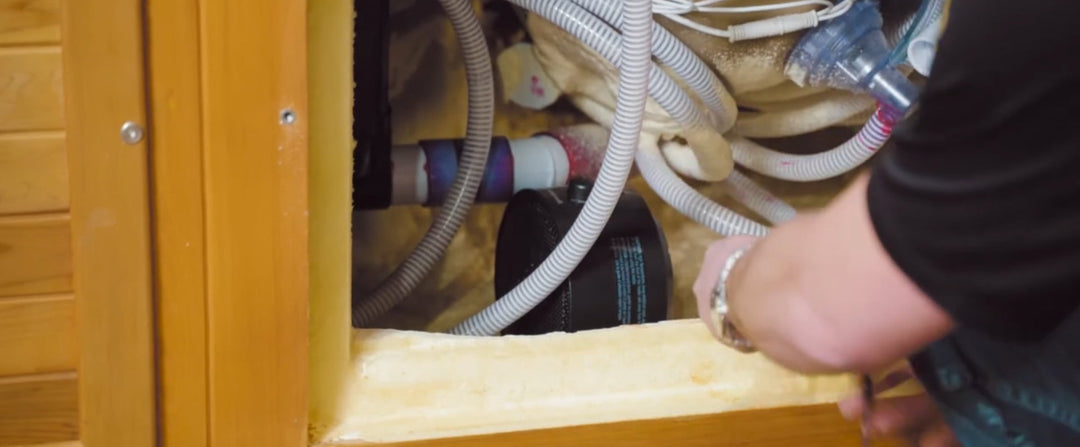🧼 Understanding Sand Filters
Sand filters are a common and effective way to keep pool water clean. These systems use a tank filled with specially graded sand that traps debris as water flows through it. A multiport valve (mounted on the top or side) controls different functions, such as filtration, backwashing, rinsing, and waste.
💡 How Do Sand Filters Work?
-
Filtration:
Water enters the filter and flows downward through the sand bed. As it passes through, dirt and debris are captured by the sharp edges of the sand. -
Clean Water Return:
The filtered water exits through the lateral assembly at the bottom of the tank. These laterals have tiny slits that allow water to pass but prevent sand from escaping.
🧠 Want to see it in action? Check out these great explainer videos:
⚠️ Common Issues & Troubleshooting Tips
1. High Pressure After Backwashing
Symptoms:
-
Pressure gauge shows 8–10 PSI higher than normal even after backwashing.
Possible Causes:
-
Clogged or aging sand (typically replaced every 3–5 years).
-
Closed valves or restrictions in the return line.
-
Improper pump-to-filter sizing (either under- or oversized pump).
Fixes:
-
Make sure the backwash cycle is long enough (until the water runs clear).
-
Check all return valves are open and flow is unrestricted.
-
Compare your pump’s flow rate with your filter’s max flow rate and adjust equipment as needed.
2. Short Cycling (Frequent Pressure Spikes)
Symptoms:
-
Filter pressure rises quickly after cleaning or backwashing.
Possible Causes:
-
Algae, oils, or minerals clogging the sand bed.
-
Inadequate backwashing duration or frequency.
Fixes:
-
Test water for high calcium or phosphate levels; balance as needed.
-
Use a filter cleaner designed for sand filters.
-
Ensure you’re backwashing long enough to fully flush contaminants.
3. Sand in the Pool
Symptoms:
-
Visible sand on the pool floor after running the filter or backwashing.
Possible Causes:
-
Cracked or damaged laterals inside the filter.
-
Using sand that is too fine or overfilling the tank.
Fixes:
-
Use only #20 silica sand or approved filter media.
-
Check and replace damaged laterals if needed.
-
Follow the manufacturer’s sand fill level — typically about 2/3 full.
4. Dirt or Debris Passing Through
Symptoms:
-
Cloudy water or visible particles returning to the pool.
Possible Causes:
-
Channeling in the sand bed, where water creates direct pathways through the media.
-
Sand that is too old or worn down.
Fixes:
-
Deep clean the filter using a sand filter cleaner.
-
If the issue persists, consider replacing the sand (see link below).
🔁 Backwashing Your Sand Filter
To maintain performance, backwash your sand filter when the pressure rises 8–10 PSI above your clean baseline.
Steps to Backwash:
-
Turn off the pump.
-
Set the valve to "Backwash".
-
Turn on the pump and run until the sight glass or waste line water runs clear (about 2–3 minutes).
-
Turn off the pump.
-
Set valve to "Rinse" and run for 30 seconds.
-
Turn off the pump, then return the valve to "Filter".
-
Restart the pump and record your new clean pressure reading.
🛠 Need to Replace Your Filter Sand?
Sand should be replaced every 3–5 years depending on use and water quality.
👉 Click here for our full guide on how to do a standard sand change
👉 Click here to schedule us to do your sand change
Need help diagnosing a filter issue or deciding whether to replace your sand?
📞 Contact Premier Pool & Spa — we're here to help keep your water crystal clear!







